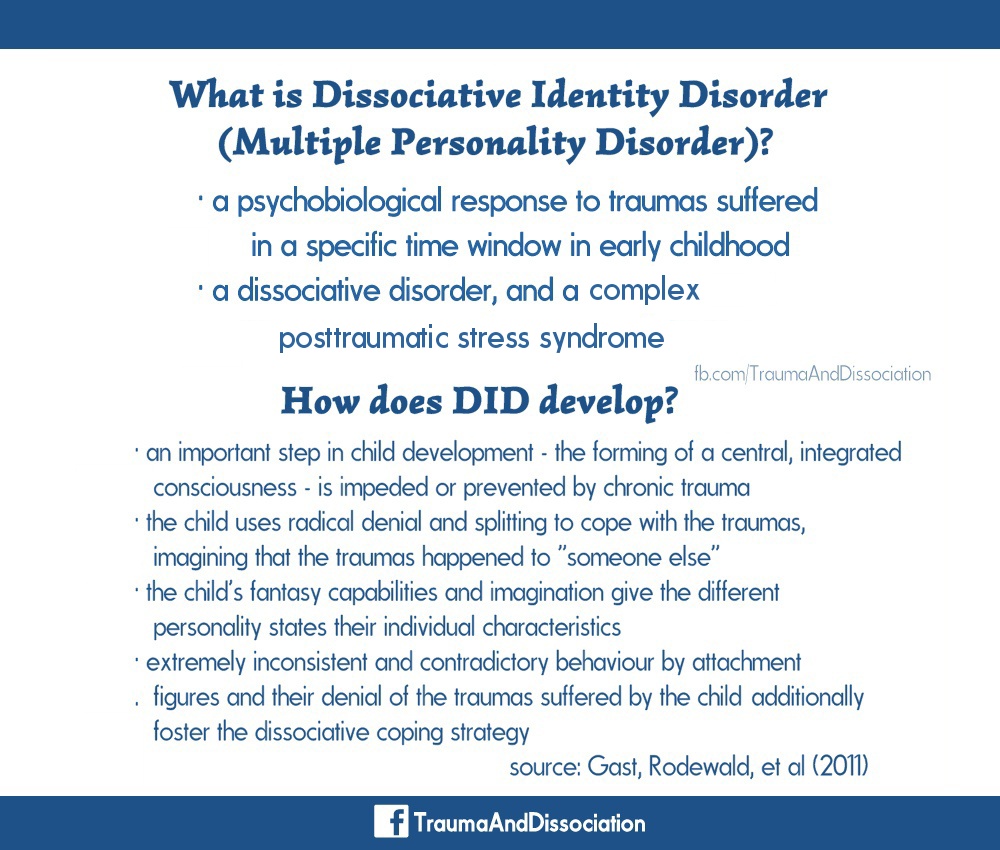So you’ve decided to pick up the guitar and become the next rock god or folk hero, huh? Well, strap in and get ready for a wild ride as we navigate the treacherous waters of self-taught guitar mastery. From blistered fingers to countless YouTube tutorials, we’ll explore the highs and lows of taking the road less traveled on your quest to become a six-string wizard. So grab your guitar, a healthy dose of determination, and let’s dive headfirst into the world of self-taught musical mayhem.
Contents
- 1 Understanding the Foundation of Guitar Theory
- 2 Developing a Structured Practice Routine
- 3 Exploring Various Guitar Playing Techniques
- 4 Incorporating Technology and Online Resources into Learning
- 5 Building a Repertoire of Songs and Pieces
- 6 Mastering the Art of Self-Critique and Adaptation
- 7 Joining the Community: Engaging with Other Musicians for Growth and Inspiration
- 8 FAQs
- 9 Rock on, my fellow self-taught guitarists!
Understanding the Foundation of Guitar Theory
So you’ve decided to dive into the world of guitar theory, huh? Congratulations on taking the first step towards becoming a true guitar virtuoso! But before you start drooling over those fancy chord progressions and scales, let’s first understand the very foundation of guitar theory.
At the core of guitar theory lies the concept of notes. Yes, those pesky little things you probably skipped over in grade school music class. But fear not, dear guitarist! Understanding notes on a guitar is as easy as counting to 12. Wait, what? That’s right – in Western music, we have 12 unique notes that repeat over and over again in what we call the chromatic scale. It’s like the musical equivalent of Groundhog Day, but with more sound and less Bill Murray.
Now, you may be wondering how these notes magically turn into the beautiful music you hear on your favorite records. Well, that’s where intervals come into play. Intervals are the distance between two notes, and they determine the flavor of the music you’re playing. From the sweet sounds of a major third to the spicy kick of a diminished fifth, intervals are the secret sauce to creating musical magic on your guitar.
But wait, there’s more! Just like a good magician never reveals their tricks, a skilled guitarist never underestimates the power of scales. Scales are like the building blocks of music, providing a roadmap to navigate the fretboard with ease. Whether you’re jamming with friends or shredding on a solo, scales are your trusty sidekick in the wild world of guitar theory.

Developing a Structured Practice Routine
So, you’ve decided to finally get serious about your craft and develop a structured practice routine. Congratulations! No more random noodling on your instrument or half-hearted attempts at improving. It’s time to buckle down and get organized.
First things first, you’ll need to set specific goals for your practice sessions. Whether it’s mastering a challenging piece, improving your technique, or learning new scales, having clear objectives will keep you focused and motivated. And remember, it’s important to set realistic goals – no one becomes a virtuoso overnight.
Next, establish a regular practice schedule. Consistency is key when it comes to improvement, so try to practice at the same time each day. Treat your practice time like a sacred ritual – put away distractions, turn off your phone, and create a dedicated space where you can focus without interruption.
Lastly, don’t forget to incorporate a variety of exercises into your practice routine. Mix things up with scales, arpeggios, sight-reading, and repertoire pieces. And don’t be afraid to get creative – try playing along with your favorite songs, improvising over backing tracks, or jamming with friends. Keep it fun and engaging to prevent burnout and keep the passion alive!

Exploring Various Guitar Playing Techniques
So you’ve mastered the basic chords and strumming patterns on your guitar, but now you’re ready to take your playing skills to the next level! Get ready to dive into the exciting world of various guitar playing techniques that are sure to impress your friends and family.
One technique that will make you feel like a rockstar is the hammer-on. This involves using your fretting hand to quickly hammer down on the string, creating a powerful and dynamic sound that adds depth to your playing. Pair this with some smooth palm muting for an extra punch, and you’ll have everyone grooving to your tunes.
Want to add some flair to your solos? Try incorporating bends and vibrato into your playing. Bending a string up or down while maintaining the pitch adds a bluesy feel, while adding some vibrato with your fingers creates a mesmerizing wobble effect that will have listeners hanging on every note.
And let’s not forget about slide guitar. Grab a glass slide or metal tube and slide it along the strings for a haunting, soulful sound that will transport you to the Mississippi Delta. Who knew a simple piece of glass could make your guitar sing like that?

Incorporating Technology and Online Resources into Learning
Who says learning has to be boring? Incorporating technology and online resources into your learning experience can make studying more engaging and fun. With just a few clicks, you can access a world of information and resources that can help you master any subject.
Forget about dusty textbooks and boring lectures. Embrace the power of technology and online resources to take your learning to the next level. Whether it’s watching educational videos on YouTube, participating in virtual reality simulations, or using interactive apps, there are endless ways to make learning more interactive and exciting.
Feeling overwhelmed with your coursework? Don’t worry, there’s an app for that! From study tools that help you organize your notes to online tutoring services that offer personalized help, technology can make tackling even the toughest subjects a breeze. So why stress when you can just ask Siri for help?
So, next time you’re feeling stuck or uninspired, remember that the world of technology and online resources is at your fingertips. All it takes is a little creativity and a willingness to embrace the digital age to transform your learning experience into something truly extraordinary.

Building a Repertoire of Songs and Pieces
Creating a repertoire of songs and pieces is essential for any musician looking to impress their audience and show off their skills. It’s not just about playing the same old songs over and over – it’s about expanding your musical horizons and pushing yourself to learn new and exciting pieces. So, grab your instrument and get ready to dive into the wonderful world of music!
First things first, start by **exploring different genres**. Don’t limit yourself to just one type of music – try out some jazz, rock, classical, or even experimental pieces. You never know what hidden talents you might uncover! And who knows, you might discover a new favorite genre along the way.
Next, **challenge yourself** by tackling some difficult pieces. Sure, it might be intimidating at first, but the sense of accomplishment you’ll feel when you finally nail that tricky solo will be well worth the effort. Plus, it’s a great way to show off your musical prowess to all your friends and family.
Once you’ve built up your repertoire, don’t be afraid to **share your talents** with the world. Whether it’s performing at a local open mic night or uploading videos of your performances online, don’t be shy – let your music shine! Who knows, you might just become the next big musical sensation.
Mastering the Art of Self-Critique and Adaptation
So you want to become a self-critiquing, adaptable mastermind? Congratulations, you’ve come to the right place! It’s time to take your self-reflection game to the next level and learn how to adapt like a chameleon on a rainbow.
First things first, grab a mirror. No, not to admire your flawless reflection, but to take a long hard look at yourself and evaluate your strengths and weaknesses. Be brutally honest with yourself – your ego can take it. Remember, Rome wasn’t built in a day, and neither is self-improvement. Let’s break it down with some handy tips:
- Be your own cheerleader: Acknowledge your wins and give yourself a pat on the back (figuratively, unless you have really long arms).
- Embrace the suck: It’s okay to admit when things aren’t going well. Embrace the suck, learn from it, and move on like a boss.
- Get feedback from an unlikely source: Your cat might not speak human, but they sure know how to give side-eye. Take note.
Remember, self-critique and adaptation are skills that take time to develop. So keep practicing, keep pushing yourself out of your comfort zone, and soon enough you’ll be a self-critiquing, adaptable ninja. Now go forth and conquer!
Joining the Community: Engaging with Other Musicians for Growth and Inspiration
So, you’ve decided to dive headfirst into the world of music and join our awesome community of musicians. Congratulations! Get ready for a whirlwind of creativity, collaboration, and maybe even a little bit of chaos.
When you join our community, you’re not just entering a club – you’re becoming part of a tight-knit family of music lovers who are passionate about their craft. Here, you’ll have the chance to learn, grow, and most importantly, jam out with some seriously talented individuals.
Need some inspiration for your next big hit? Look no further than our community of musicians, who are always there to lend an ear, offer advice, or simply jam out with you until the wee hours of the morning. Who knows – you might just stumble upon your next musical soulmate!
So, what are you waiting for? Dive in, introduce yourself to your fellow musicians, and get ready to be inspired like never before. With the support and camaraderie of our community behind you, the sky’s the limit – so grab your instrument, turn up the volume, and let’s make some magic together!
FAQs
Question 1: How can I stay motivated while learning guitar on my own?
Answer: Ah, the eternal struggle of motivation. Fear not, my fellow self-taught guitarist! Set small, achievable goals for yourself, treat yourself to some sweet rewards along the way, and don’t forget to blast your favorite tunes for that instant dose of inspiration.
Question 2: What are some effective practice strategies for self-taught guitarists?
Answer: Practice makes perfect, they say. But practicing smart is even better! Break down complex songs into smaller chunks, focus on challenging techniques, and don’t be afraid to hit up YouTube tutorials for some extra guidance. Remember, slow and steady wins the race.
Question 3: How do I know if I’m making progress on my self-taught guitar journey?
Answer: It’s all about those mini victories, my friend. Whether you finally nail that tricky solo or manage to play a complete song without any major hiccups, celebrate those small wins. And hey, if all else fails, record yourself playing and marvel at how far you’ve come!
Question 4: How can I improve my improvisation skills as a self-taught guitarist?
Answer: Improvisation is like jazz – it’s all about going with the flow and embracing the unexpected. Jam along with backing tracks, practice scales in different keys, and don’t be afraid to make mistakes. After all, the best guitar solos often come from those happy accidents.
Rock on, my fellow self-taught guitarists!
Congratulations on embarking on the journey to guitar mastery all on your own! Remember, learning the guitar may come with its ups and downs, but trust in your dedication and passion for music to guide you through. Always keep strumming, practicing, and never be afraid to challenge yourself with new techniques and songs. The path to self-taught guitar mastery may be long and winding, but the sweet sound of that perfect chord or riff will make it all worth it in the end. So grab your guitar, crank up the volume, and rock on!



